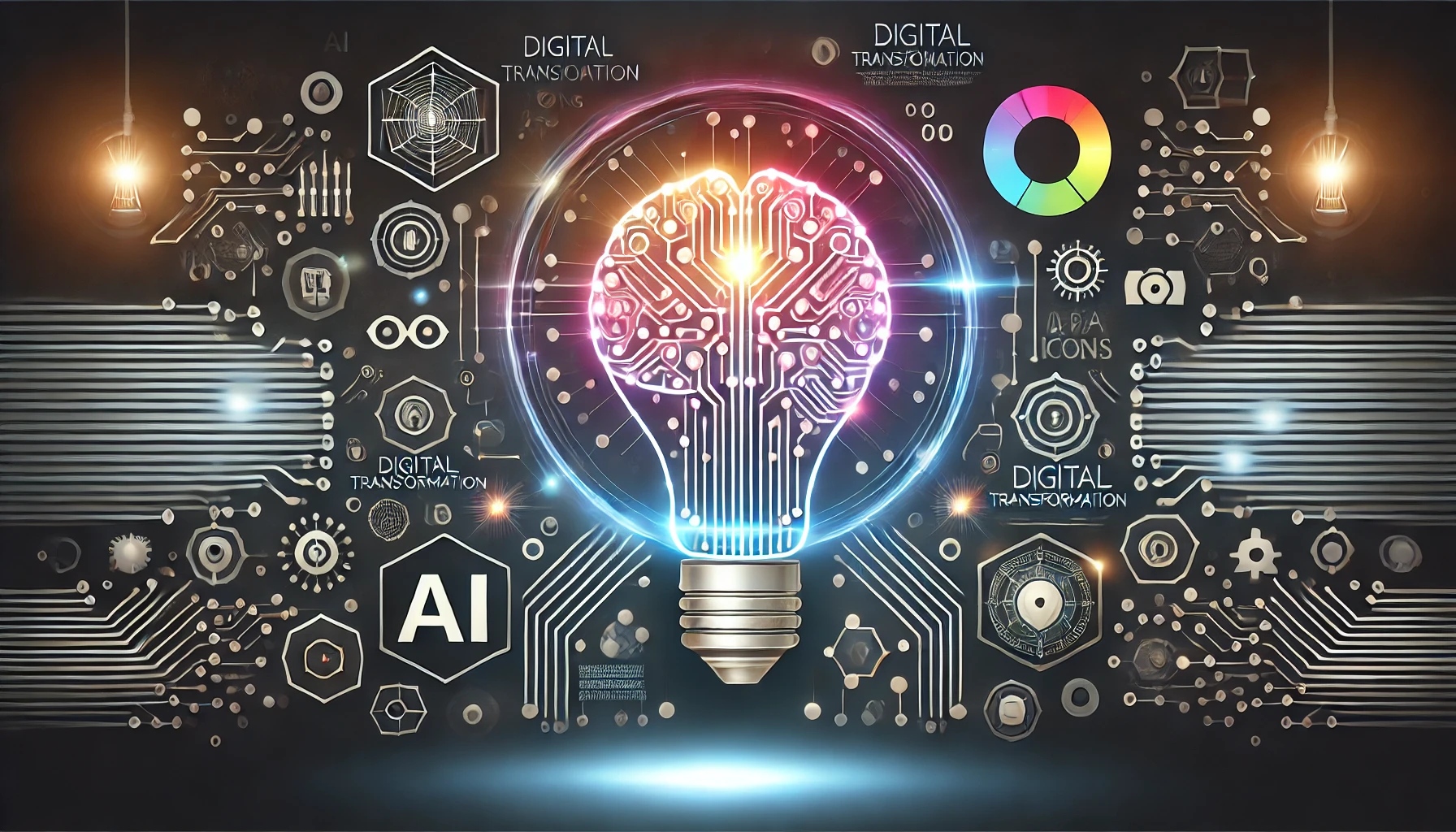
Navigate an unpredictable landscape with actionable, data-driven strategies tailored for your business from the brand down to the local level.

More and more frequently in recent months, there has been a trend in marketing that can be summed up in one magic word: integration.
Marketers increasingly seem a bit exhausted from having to deal with different suppliers for different services—with different purposes and objectives for each of them. Silos of valuable information have multiplied and, consequently, the time it takes to manage and extract insights and conclusions seems to have replaced the strategic work that every marketer must do.
This problem, which will sound familiar to more than one reader, has been exacerbated by the economic situation. In an inflationary context, costs are rising and margins are shrinking, so marketing budgets tend to shrink too, or at least become more efficient. “We must do more with less” is the mantra repeated by management, and it is then that key metrics such as ROAS (return on advertising spend) or the blessed advertising attribution models or media mix modeling regain their prominence against other indicators more related to notoriety or consideration, so much in vogue in other more prosperous economic contexts.
These two trends, integration and focus on results, have marked the day-to-day of the last two years in the marketing world for clients—who are looking to optimize their time and focus on the real KPIs that will help them make better strategic decisions—as well as on the agency side, where we see how awareness, once so revered, has been progressively leaving its space in the conversation to performance, understood as an integrated approach of organic and paid channels that aim to transform the business results of the brands.
But how can integration and cost efficiency be incorporated into a brand’s potential customer journey? Let’s think about a typical consumer journey and analyze its four key stages. It goes without saying that the mix will vary depending on the nature of each customer, although the phases are common to almost any business:
The user is at the top of the funnel, the furthest moment from conversion, but one of the most important. At this stage, there is always an opportunity for brands to gain authority by working on their SEO. Aligning users’ search intentions to the content generated is therefore key, because it is where our relationship with them begins. Obviously, all paid media with a focus on branding and notoriety (DOOH, display, radio, and TV, among others) always help in this phase, as well as in later phases like remarketing.
The user is inspired and starts to weight their options. A good SEM strategy—focused on optimizing the quality score of all the ads—will be key to convincing our potential customers and prolonging the relationship created in the first phase of the funnel. Other tactics in the planning phase include product pages, social media ads, and blog posts.
The decisive moment, whether it’s via your owned media—where special attention must be paid to CRO, retargeting, and UX/UI flows (it is useless to spend more money on advertising if our website is falling down in terms of conversion)—or earned media, where local SEO can come into play, including listings management and local reputation management. If you doubt the importance of achieving prominence in earned media, consider that 55% of millennials will ignore brands that don’t show up in their searches or have poor reviews.
Subscribe to our monthly newsletter.
It’s time for loyalty and ambassadors programs, recommendations on the shopping experience, and more. Marketing automation strategies, CRMs to create well-connected customers, requests for reviews, and suppressions and lookalikes in digital media should guide our steps.

Correspondences between funnel phases and customer journey.
There are two additional tasks that should be fulfilled at the beginning and end of each of these phases in order to completely close this virtuous circle. Although they do not appear in the funnel, they can be decisive when it comes to improving the results of any brand:

Persona development using best-in-class technology.

Creation of customer journeys with KPIs for each phase of the funnel.
As we have seen, a phenomenon such as integration has a directly proportional impact on two fundamental variables for marketing work. In a full-funnel approach, our time and strategic analysis capabilities will be greater, and therefore, our efficiency in working with our potential customers and consumers will grow. As we experience the dawn of AI, the adoption of this new technology—if implemented correctly—has the potential to multiply our capabilities exponentially.
Navigate an unpredictable landscape with actionable, data-driven strategies tailored for your business from the brand down to the local level.
Navigate an unpredictable landscape with actionable, data-driven strategies tailored for your business from the brand down to the local level.
Navigate an unpredictable landscape with actionable, data-driven strategies tailored for your business from the brand down to the local level.
Subscribe to our monthly newsletter.